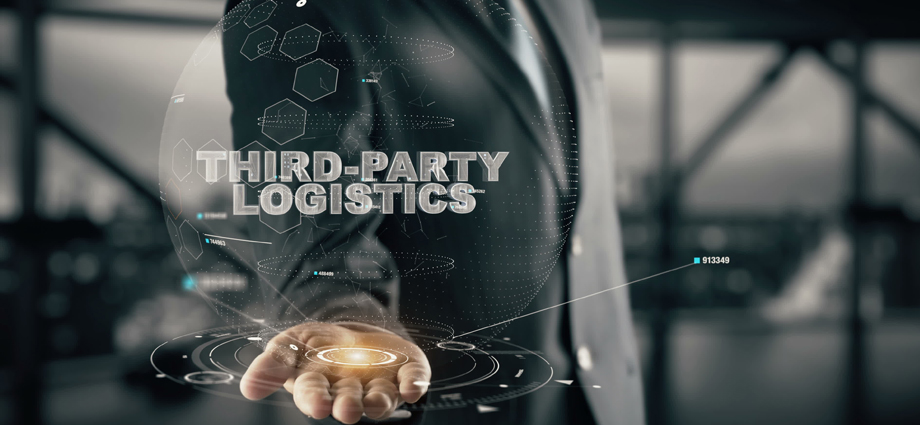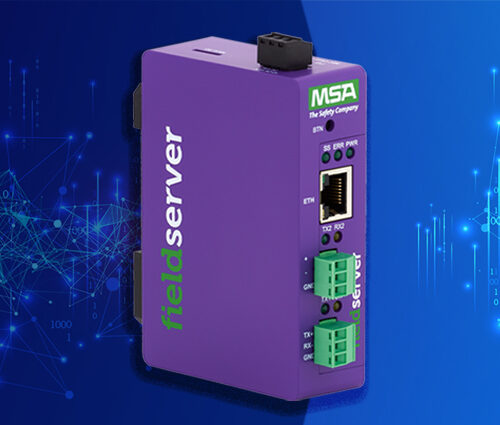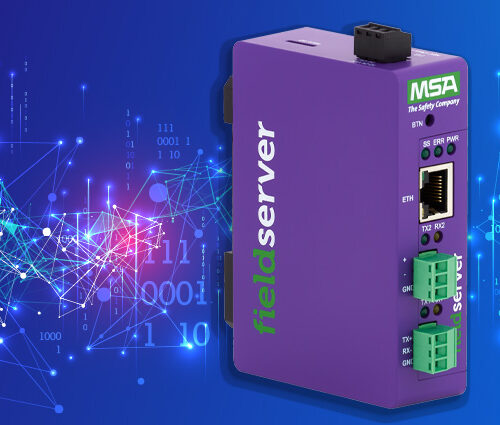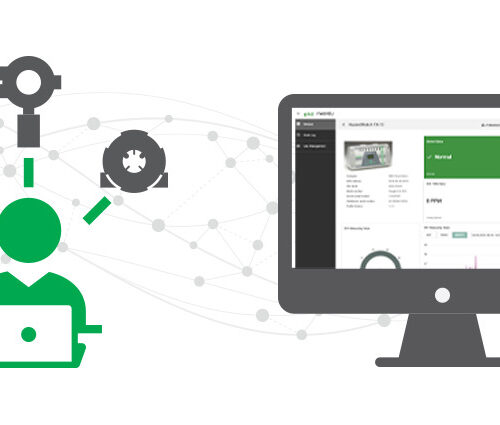
Third-party integration can be complex: unclear terminology, missing details, and limited guidance may contribute to making it more challenging than expected.
What if you could make third-party integration easier and more efficient? Keep reading to discover how we can simplify the process with clear instructions, well-defined terms, the right tools, and expert insights to help streamline your integration efforts.
Building and Industrial Automation: What Is Third-Party Integration?
Third-party integration is the process of connecting in-house networks and automation systems with devices, sensors, and platforms developed by others. It helps all these systems and devices talk to each other so that functionality is expanded, processes are automated, and data is shared. In other words, it makes everything work together and better.
One everyday example of third-party integration is Geographic Information Systems (GIS) mapping, which can be found on nearly any smartphone. Of course, the primary function of mapping applications is to provide destination directions. But thanks to third-party integration, today’s advanced map applications also deliver location-specific data, alerts, and remote notifications. This benefits the user by giving them real-time, contextual information that they can use to make better, more informed decisions.
Third-party integration in building and industrial automation helps enable secure, encrypted connections among a wide variety of disparate applications, devices, and platforms.
Why Is Third-Party Integration Difficult?
Although the concept of integrating third-party devices with automation and other systems sounds simple, there are several challenges when trying to achieve interoperability, including:
- Protocol Incompatibility: Not all devices and platforms use the same communication protocol, such as Modbus or BACnet. Third-party devices may not speak the same language, which makes integration messy or virtually impossible without a translator, such as our FieldServer gateways.
- Legacy Equipment: Outdated, proprietary, or incompatible protocols, combined with a lack of modern security features can inhibit integration between legacy assets and newer devices featuring modern IoT protocols like RESTful API and MQTT.
- Security Concerns: Without secure authentication, encryption, and tightly managed access control, third-party integration can result in serious security vulnerabilities, which open the door to cyberattacks.
- Cloud Performance: When optimizing for large-scale IoT environments, system integrators also must contend with potential data synchronization and connectivity disruptors, including intermittent wi-fi or cellular service, latency, and bandwidth limitations.
Third-Party Integration Solution: How an IoT Gateway Can Help
The answer to all these challenges? Choose the right IoT gateway. Remember, an IoT gateway acts as a bridge to help enable secure, encrypted connections between disparate devices, applications, and platforms. It helps address the challenge of enabling disparate devices and components to communicate with each other, with a network, and with the cloud.
For example, imagine a smart building equipped with energy- and occupancy-related sensing devices and capabilities, such as change-of-value alarming. Without a multiprotocol gateway, it would be nearly impossible for the right people to receive the right notifications at the right time. A gateway can enable the translation of data from a wide range of devices. It can also standardize the data format and push real-time data to the edge, a cloud-based dashboard, or a third-party analytics platform.
5 Ways to Simplify Third-Party Integration with an IoT Gateway
Here are 5 opportunities to use a IoT gateways like FieldServer gateways to help make third-party integration faster, easier, and more seamless:
- Protocol Translation: Converts device-specific protocols into standard protocols that can be understood.
- Data Normalization: Standardizes incoming data formats and structures for compatibility.
- Security Features: Enables encryption, authentication, and secure tunneling so that device networks remain protected against cyberattacks.
- Edge Computing: Provides faster, more secure data processing, reducing the need to send all data to the cloud or a third-party platform.
- Remote Monitoring and Notifications: Allows real-time, centralized control of device configurations, firmware updates, and diagnostic captures for troubleshooting.
Learn More
When it comes to simple, seamless third-party integration, MSA’s FieldServer gateways are the proven one-box solution that lets system integrators connect existing networks, systems, sensors, devices, and applications without needing expensive add-ons.
For more information on how FieldServer gateways can help optimize automation, speed up response time, and enable live monitoring capabilities, contact us.






